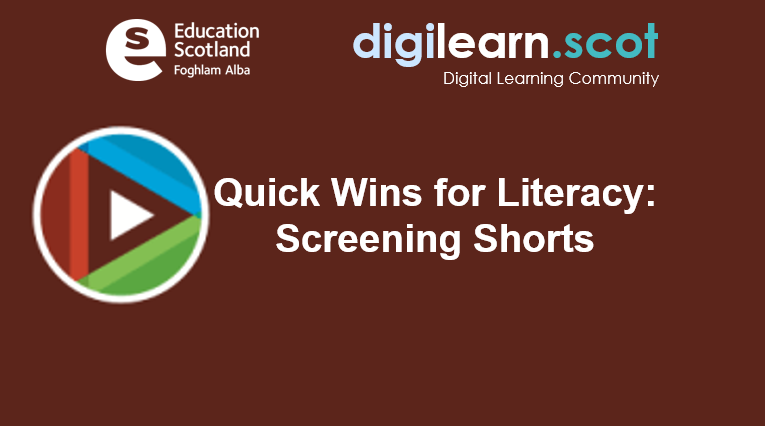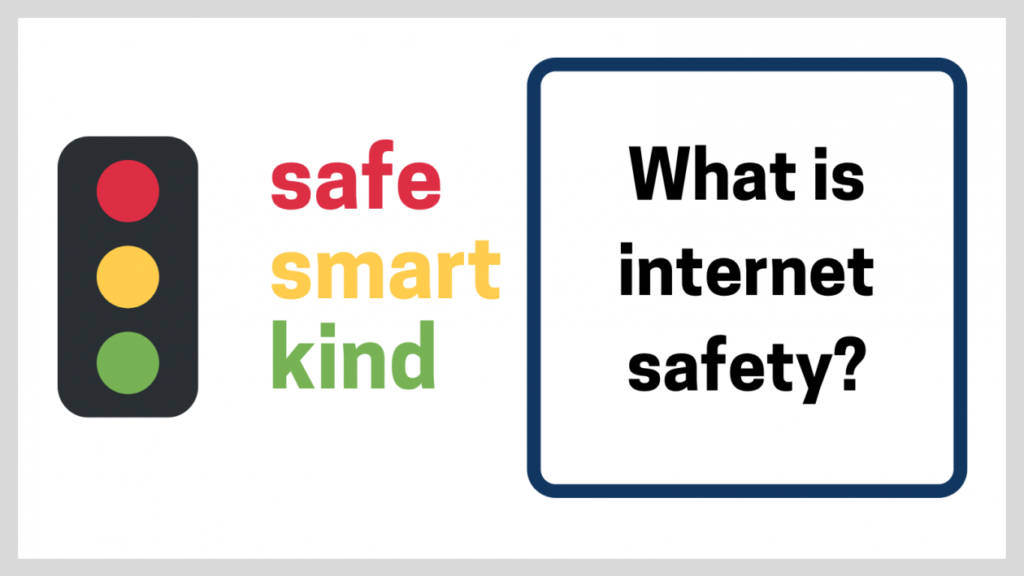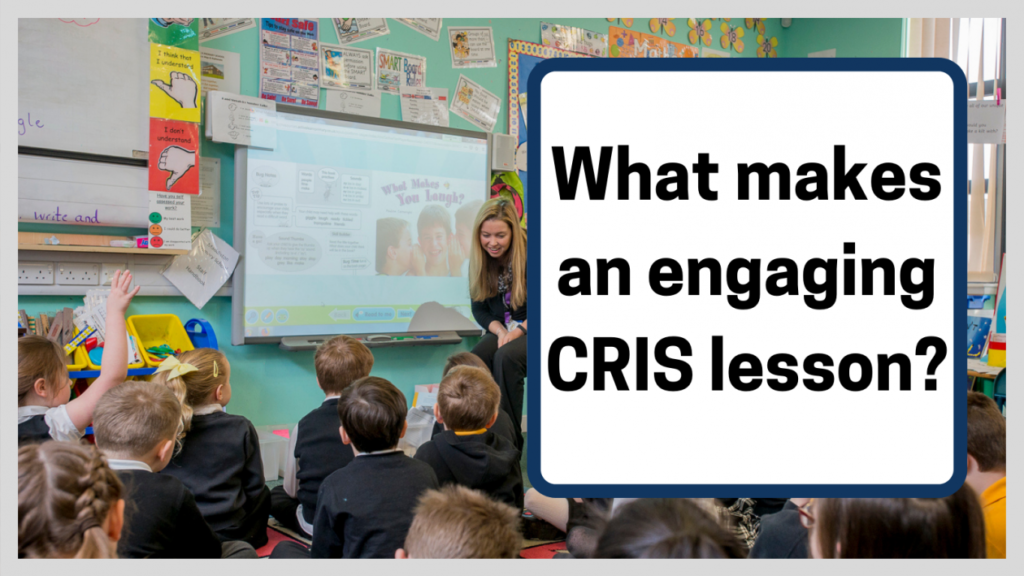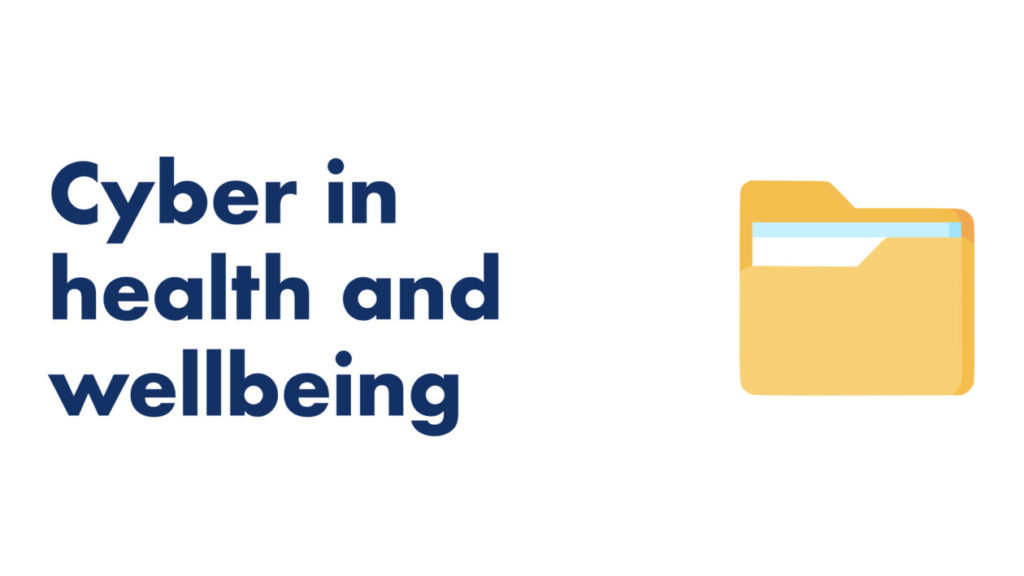[youtube https://www.youtube.com/watch?v=El26bYxcpww]
[youtube https://www.youtube.com/watch?v=xpxdHtkce0s]
[youtube https://www.youtube.com/watch?v=KQvgHlEsBuA]
[youtube https://www.youtube.com/watch?v=Mk1_d61P9QY]

[youtube https://www.youtube.com/watch?v=El26bYxcpww]
[youtube https://www.youtube.com/watch?v=xpxdHtkce0s]
[youtube https://www.youtube.com/watch?v=KQvgHlEsBuA]
[youtube https://www.youtube.com/watch?v=Mk1_d61P9QY]
This professional learning model was developed by the Perth and Kinross Education Support Officer Team and shared with us. They have created a pathway to explore reading on screens: identifying challenges, solutions and ideas to develop your practice. The Sway below can also be expanded to view in full screen.

We developed and delivered two series of professional learning with our literacy and English colleagues last year and theses webinars have been curated in this playlist. The playlist has now had several more videos relating to literacy and English added to it, and it continues to grow.



A good lesson is a good lesson, regardless of curricular area. HGIOS (4th edition) makes clear that high engaging learning, quality teaching and effective assessment, will improve educational outcomes for all learners.

As with any other area of the curriculum, in CRIS learning the context should be meaningful and relevant to the leaders – for many children and young people the internet and web are routine aspects of their lives already. Therefore, learners should be given the opportunity to share what they already know about the internet and web and the educators can use effective questioning and engaging activities to spark the learners curiosity about CRIS even further.
As educators we may need to develop our own knowledge and understanding of CRIS in order to support and challenge our learners’ thinking, and to make the contexts relevant and meaningful.
Finally, assessing the learners’ progress is vital to identify next steps and improve their educational outcomes. There is certainly scope to use formative assessment as learners learn, summative quizzes to check their knowledge and understanding recall but also to assess their ability to apply their learning in new contexts, such as with new apps, devices or curricular areas.
This lessons explains what the internet and world wide web are, with opportunities for learners to engager with research, share opinions and apply their learning.
[slideshare id=242270965&doc=historyoftheinternetandworldwidewebfirst-210204170152]

Children and young people should learn about relationships that are healthy, respectful, and based on trust and respect. However, there may also be a need to support them when this is not the case.
The NSPCC defines Technology-Assisted Harmful Sexual Behaviour (TAHSB) as: “a range of behaviour including the developmentally inappropriate use of pornography, online sexual abuse, grooming, sexting.”
Education Scotland have collaborated with Stop It Now to create guidance and support for teachers on Technology-Assisted Harmful Sexual Behaviour (TAHSB). The TAHSB programme is free and can be delivered in any local authority.
The Hackett continuum is used across Scotland, by the NSPCC, Education Scotland and the Scottish Government, to evaluate the sexual behaviours of children and young people.


Microsoft Innovative Educators in Scotland
The community comprise of all sectors of education with Regional Improvement Collaborative (RIC) members, technical support specialists and Glow key contacts from local authorities around Scotland.
You can read the PDF embedded (best on desktop browsers) or download the PDF via the button.
https://blogs.glowscotland.org.uk/glowblogs/public/myexampleblogversion2/uploads/sites/9784/2021/01/04120920/PDF-Blog-MIEE-Scotland.pdf